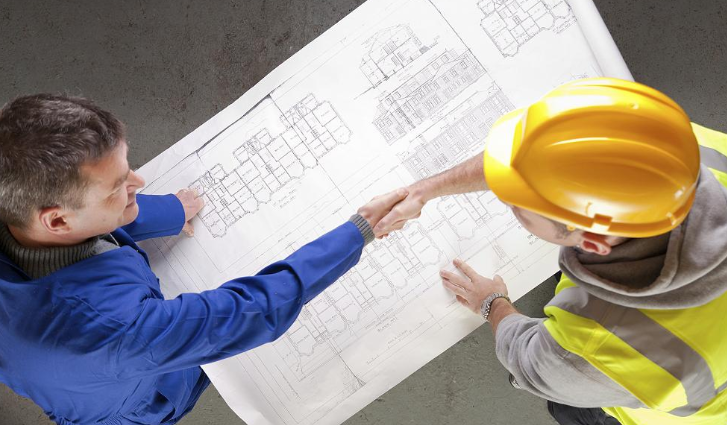In the success of any project, engineering resource consent services serve as the gateway to turn visionary ideas into concrete realities. However, navigating the intricate landscape of resource consent can often feel like running a marathon with numerous hurdles.
Engineers, both experienced and new, frequently encounter delays and challenges that can be frustrating.
Understanding Engineering Resource Consent Processes
So, what exactly is engineering resource consent, and why is it so crucial for your project? Well, engineering resource consent is a legal permit that authorizes a project’s impact on the environment and its resources. It ensures that your project aligns with local regulations, safeguarding the environment and community interests.
The consent process involves several key components and stages, such as application submission, public notification, consultation with affected parties, and evaluation by regulatory authorities. But here’s the catch – navigating through these stages can be like trying to find your way in a maze, with numerous potential roadblocks and bottlenecks that can cause delays.
Challenges and delays often arise due to incomplete or poorly prepared applications, unclear communication, and conflicts with stakeholders. The good news is that these issues can be mitigated with the right strategies.
Strategies for Expediting Engineering Resource Consent
Efficient Documentation
-
Streamlining the Application
To kickstart your project on the right foot, prepare a comprehensive and well-organized consent application. Make sure you include all necessary information, maps, and supporting documents. Think of it as painting a vivid picture of your project for the authorities.
Remember, a thorough application reduces the need for back-and-forth exchanges, speeding up the process considerably.
-
Effective Communication
Clear and concise communication is the golden rule. Ensure that your application and correspondence are easy to understand. When authorities have questions, address them promptly and comprehensively. Be proactive in providing explanations and solutions, and you’ll find the process flowing more smoothly.
Collaboration and Stakeholder Engagement
-
Building Relationships
Strong relationships with relevant stakeholders can be your secret weapon. Establish rapport with regulatory authorities, local government, and community groups. Show them that you value their input and are committed to positive outcomes. This will help create a cooperative atmosphere, making it easier to navigate through any challenges that may arise.
-
Early Engagement
Don’t wait until issues come knocking at your door. Engage with local communities and interest groups early in the process. Listening to their concerns and incorporating their feedback can lead to a more harmonious project. Early engagement also demonstrates your commitment to responsible development, potentially smoothing the path to consent.
Utilizing Technology and Tools
-
Digital Submission Platforms
Embrace modern digital platforms designed for submitting consent applications. These platforms simplify the process by providing clear guidelines, allowing electronic submissions, and often offering real-time tracking of your application’s progress. Efficiency and accessibility are their strong suits, and they can save you a lot of time and effort.
-
Data Management Systems
Robust data management systems are your organizational backbone. They help you keep track of all documents, communications, and deadlines, reducing the chances of missing critical steps. Explore software solutions tailored to the consent process, and watch as your efficiency soars.
Conclusion
As engineers, our mission is to innovate and create a better world. However, the path to realizing our visions can be laden with obstacles, especially when it comes to engineering resource consent. It’s crucial to adopt proactive approaches to expedite this process.
By focusing on efficient documentation, effective communication, collaboration, and the smart use of technology, you can significantly reduce delays and ensure that your project moves forward swiftly. Remember that this isn’t just about speeding things up; it’s about responsible and sustainable development.
So, as you embark on your engineering journey, don’t hesitate to seek professional assistance or implement the strategies we’ve discussed. Together, we can expedite engineering resource consent services and bring our transformative projects to life, making our communities better places for all.

